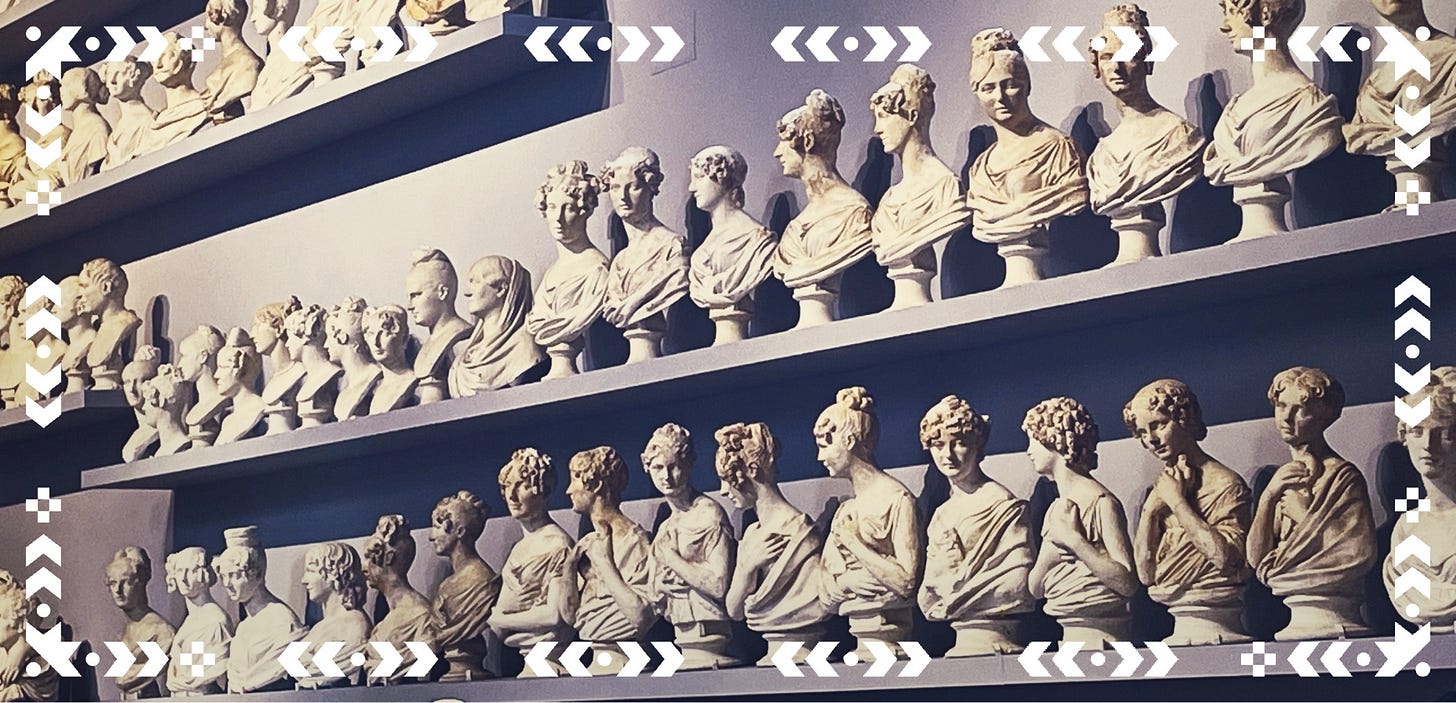In the early 1980s, when I first embraced writing as a calling, I read On Becoming A Writer (1934) by Dorothea Brande. Ms. Brande taught writing at some university somewhere and her book offered two pieces of useful advice that helped me immensely. The first, to write every day, is basic. The second, however, was a game-changer. She said that it is imperative that writers learn how to write on command.
In other words, don’t wait for “inspiration.” Don’t wait for the earth to move. Rather, write because it is your job to do so. The takeaway for me was to set aside a designated time to sit down and fill a page with writing.
I took this to heart. Every day after supper I would sit at my typewriter and fill a page with words. Much of it was stream of consciousness, some of it was preconceived ideas I’d organized in my head while apartment painting, and some of it was poetic expression. Whether it took 10 minutes or 25 minutes was immaterial. Building the habit of producing words on paper was the aim.
The name I gave to these daily missives was Limbo Exercises. Just as we need to be physically after to keep our muscle tone and physical health, so it is that writing keeps us exercising our minds, which is good for our mental health.
What did I learn from these exercises? Discipline. In the process I also found that some of what I produced became seeds for stories, articles and poems. No Pulitzer Prize material, but a few little gemstones that could polished and shared.
I wrote this as an explanation for any blog posts with the subtitle Limbo Exercise #2 or #17 or whatever, maybe simply a date. The idea was resurrected by reading Kent Peterson’s substack, Tales from a Rolltop Desk. Kent writes the old-fashioned way, with that beautiful sound of clickety-clack emanating from his fingers on a typewriter.
There are some who insist the best, and maybe only, way to write is with a pencil or pen on paper. My personal view is this: The right way is the way that works.
Are you called to write? Then do it.



Thanks for sharing this great advice. My friend's mother once said that the best form of writing is rewriting.
Thanks, Ghostwriter (which is title of one of my favorite films)
30 or 40 years ago (before typewriters) I heard an interview with a writer who described how she wrote her book, The first draft was typed on yellow paper, the second on pastel green, the third draft on blue paper, the fourth on some other color, and the final (5th time through) on white paper.
I wrote a long speech for someone as a ghostwriter that was near 30 pages. There were five rewrites, but my goodness, that was my last writing job on a typewriter before getting a Mac.